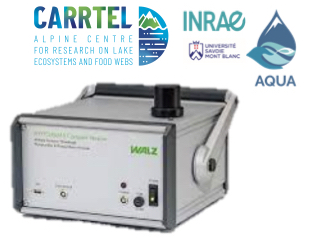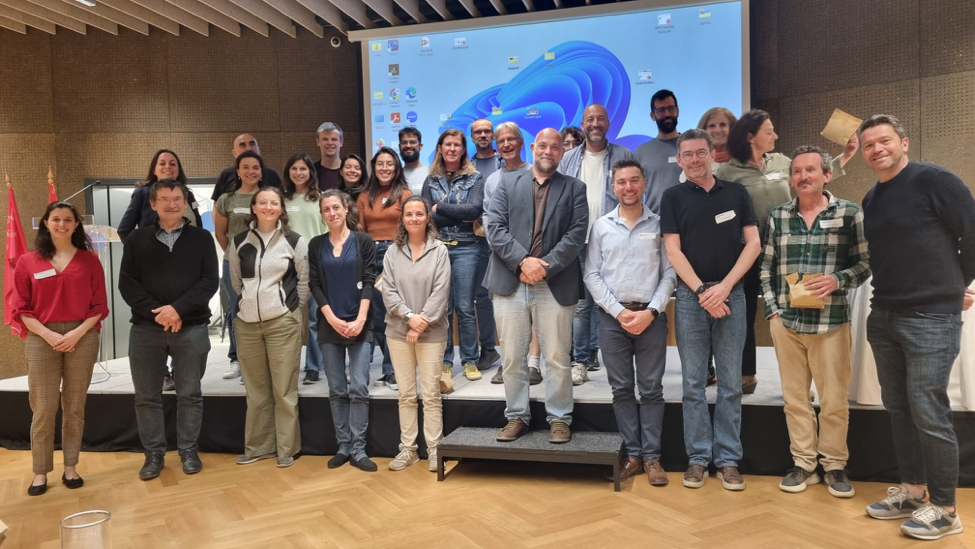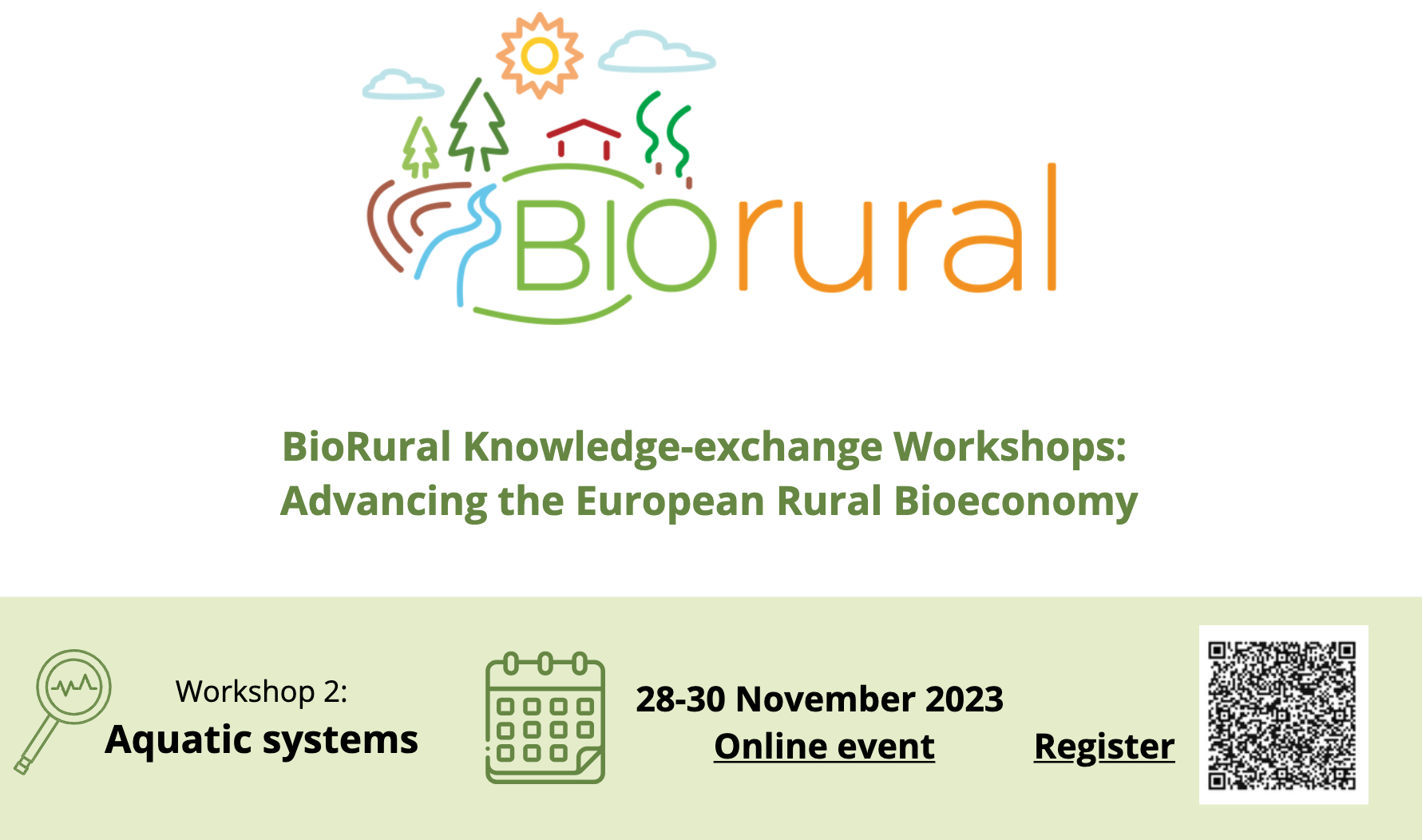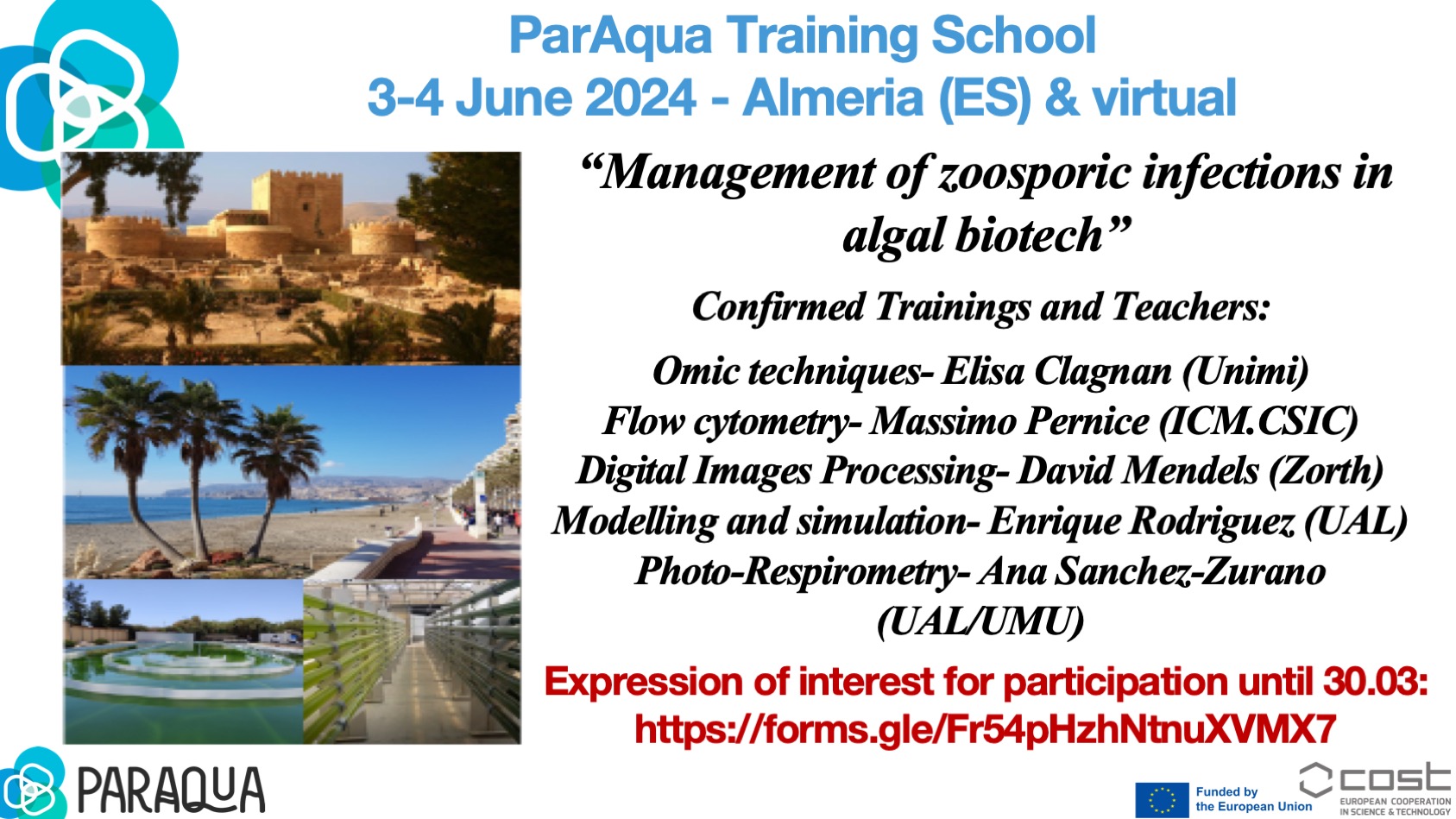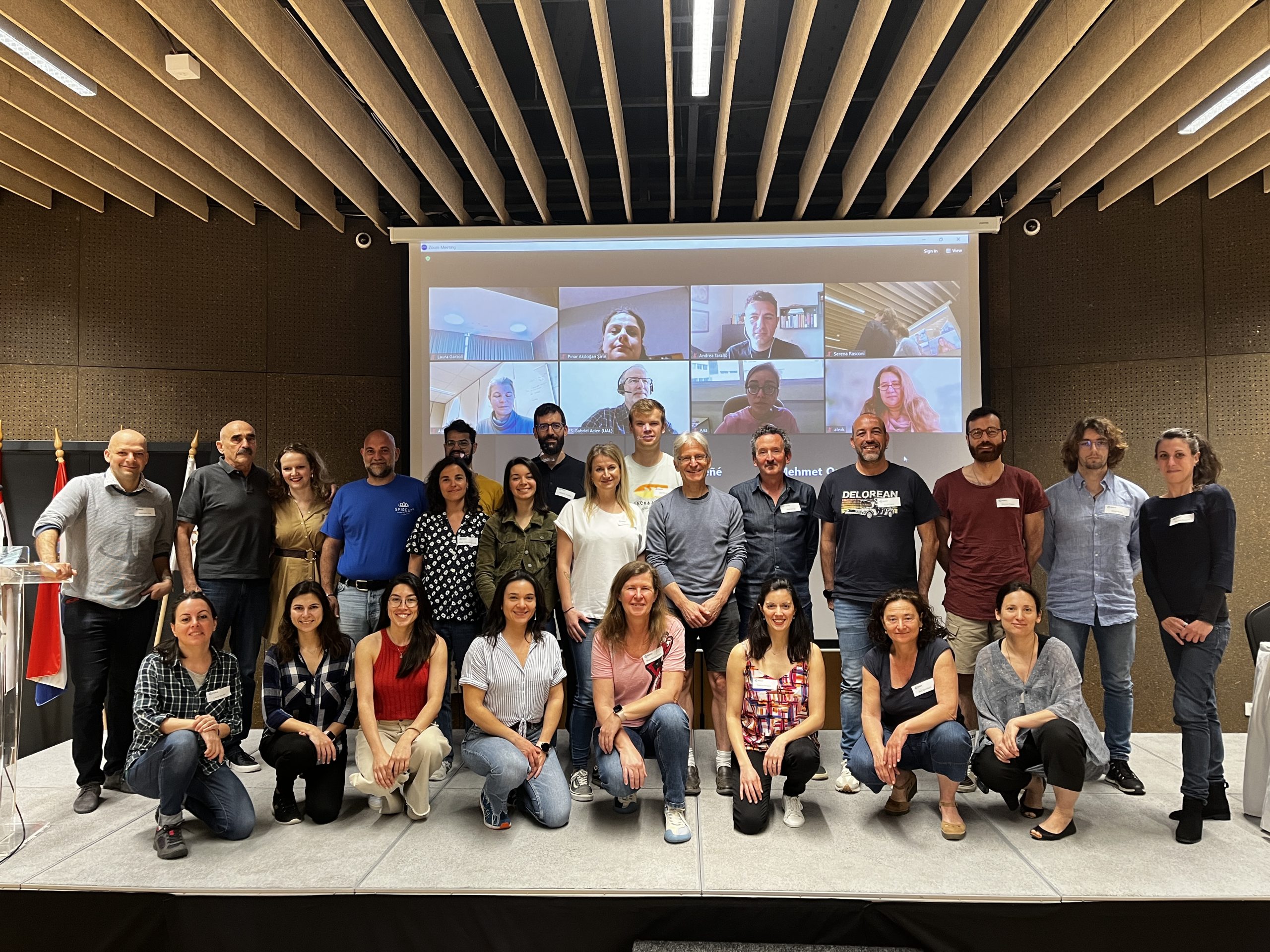Although the topic of aquatic fungi is attracting attention more than before, one element is categorially missing. In fact, the term “aquatic fungi” is currently vague and misleading. The definition of aquatic fungi has been acquired only based on culture-dependent methods, and its definition is not discriminative, nor specified. Therefore, there are many open questions which are required to be addressed. For example:
Does it include all fungi that can grow in aquatic environments? Can opportunistic taxa be considered as aquatic too? What are the boundaries which separates aquatic fungi from non-aquatic fungi? What if some fungal taxa are present and they just don’t do anything? Can fungal presence in water can put them under the category of aquatic fungi?
We suggest that in order to propose a novel and discriminative concept of aquatic fungi, we definitely need to take culture-independent methodologies into account. In fact, culture-independent methodologies should be strangely involved in proposing a novel concept of aquatic fungi. For example, one of the most challenging question is this: is a fungus aquatic if we isolate it from water using culture-dependent techniques? Or, if we isolate a fungus for three months in a row from a waterbody, can we say that it is aquatic? Based on culture-dependent techniques, we can not answer this question. So, we have to take time-series approach using metabarcoding techniques into account to be able to monitor fungal communities over a period of time.
Therefore, we are planning to write a review paper titled “Frequency, activity, and interactivity: missing elements for a better definition of aquatic fungi”. in this review, we firstly, review the classic world of aquatic fungi by discussing the definition of aquatic fungi in 70s and 80s (before the invention of PCR). Then, we will show how different approaches (time-series, habitat specific, etc.) of culture-independent techniques (OMICS) can help to introduce a new concept of aquatic fungi which is exclusive, discriminative, and delineative.
If you are interested in contributing to this work, please let us know. When we know who is willing to contribute, we will share the structure of the manuscript with you so you can decide where to contribute. Please, bear in mind that the deadline for your contribution will be around the end of this year.
Thank you,
Hossein (hossein.masigol[@]gmail.com)
Alice (alice.retter[@]igb-berlin.de)
